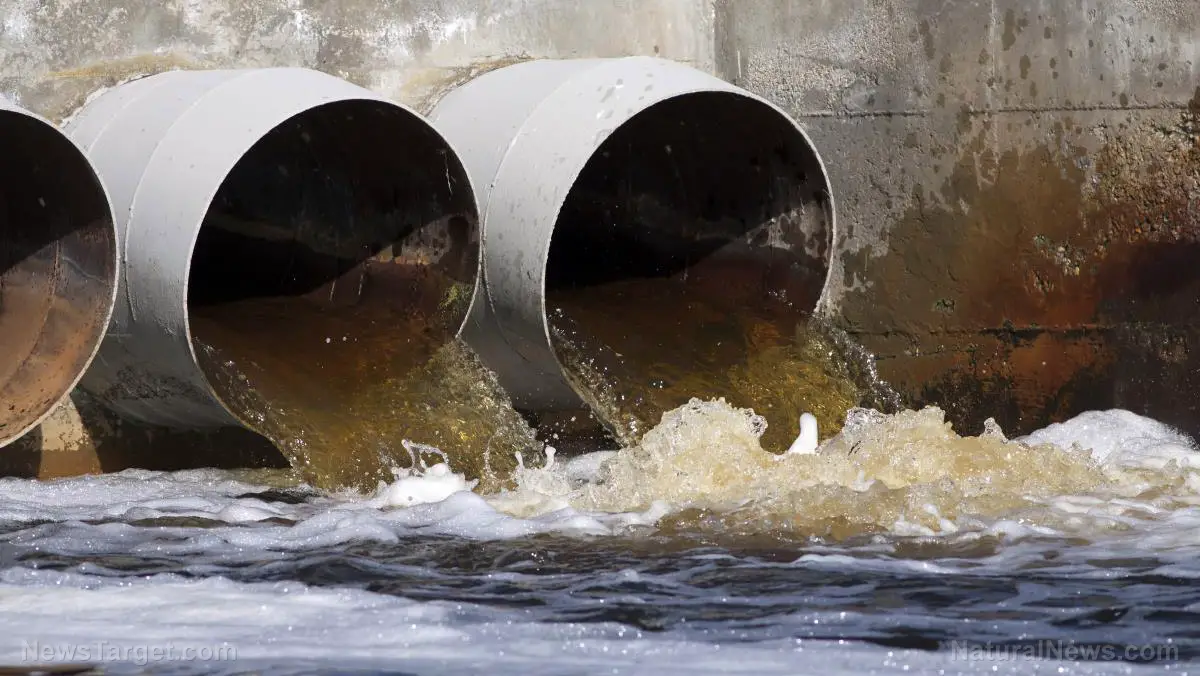An investment of at least US $2.3bn is required in the next five years to fix Zimbabwe’s water and sewer system and replace old sewer pipes.
George Makunde, Local Government Investment Conference (Logic) Chairperson and Chitungwiza town clerk said that in order for the waste water and solid waste to come to a manageable level, the investment will have to be made. “An investment strategy that attracts both local and foreign direct investment (FDI) is highly needed,” he said.
“Lack of affordable housing, attractive competitive rates for new investors in the real estate, lack of jobs, health services and reliable clean water and sanitation are some of the key development challenges the local authorities face,” Mr Makunde added.
He further stated that each local authority will need varied financial requirement based on the scale and size of the population it serves. He acknowledged that Harare is a major city that has grown without the adequate essential facilities but, regionalism can correct that.
Also read: Egypt to invest US $83m in water projects
Mr. Maurice Dillion of Zimbabwe Capital Connect, a United Kingdom-based consultant added by saying that, a fast paced re-stabilization of the monetary system and a correction of the fiscal policies will have to be made in order to resume development financing international lenders.
“In order to attract foreign investors, there is need to relax corporate and investment restrictions and also create a secure environment,” he said.
Zimbabwe’s water woes
Harare’s water problems begun when a sewer pipe burst its waste into a borehole that was being used by residents. This left 7000 residents hospitalized and 32 people dead from cholera.
This is not the only outbreak Zimbabwe has faced. In 2008, cholera outbreak hit the country killing 4000 lives and infecting 100,000 residence.
Most residents in urban areas have resulted to consuming water from unprotected water sources due to intermittent water supplies.

